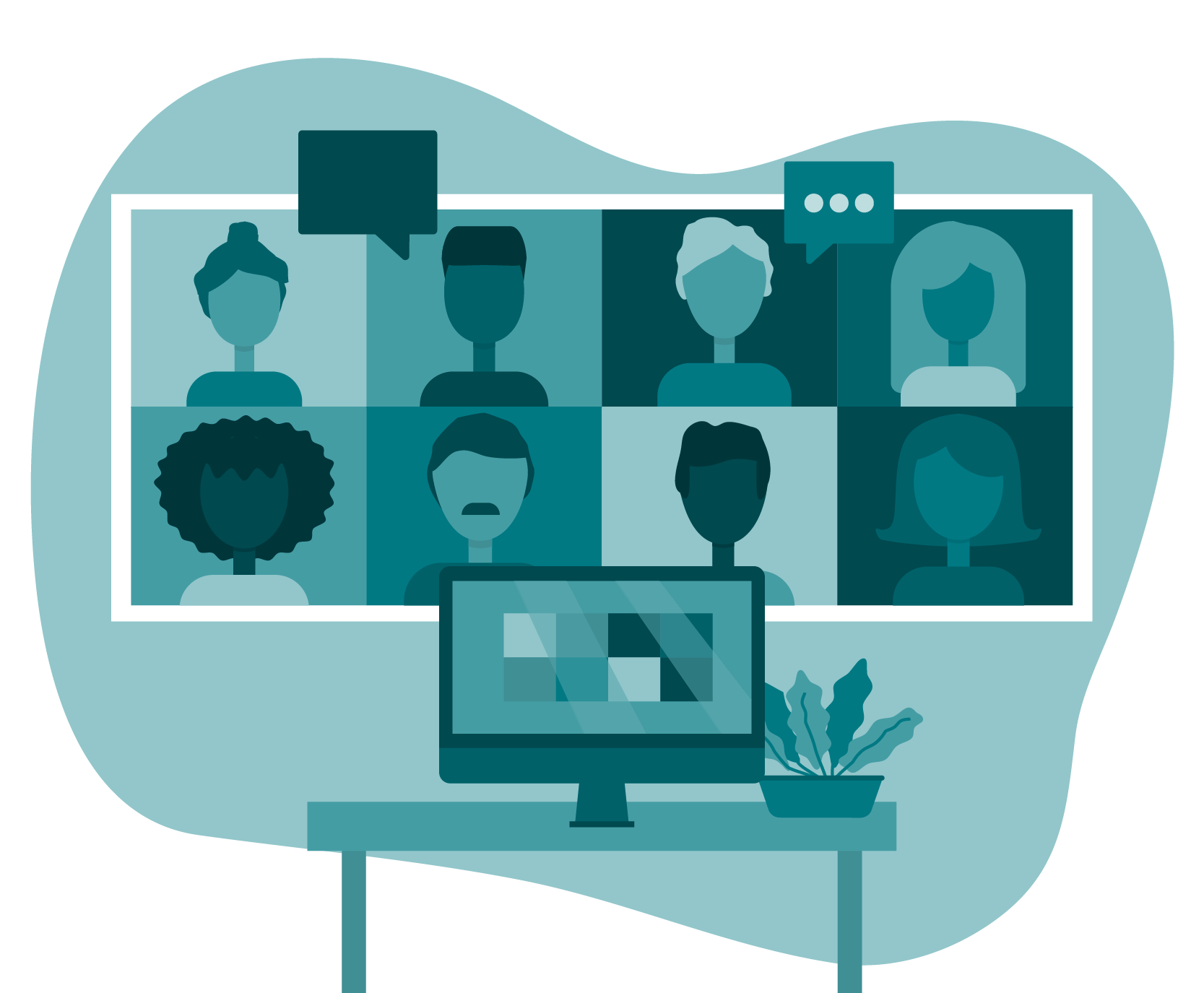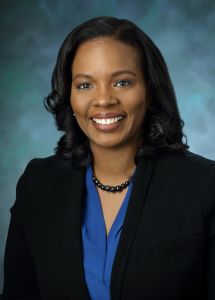FY20 Annual Report: Patient Experience
Virtual Patient Feedback: The Compass that Guides Us

Fiscal year 2020 brought with it many changes. One that we can all relate to is the prevalence of video as a means of communication. Nearly everything went digital, from health care appointments to weddings, meetings to concerts. This virtual revolution also impacted our patient experience team at the end of FY20, very much for the better.
In 2018, Johns Hopkins Community Physicians (JHCP) practices created Patient and Family Advisory Councils (PFAC), wherein they would host patients and their family members for discussions on topics relevant to delivery, quality and safety of care. The goal was to get their insights on our operations or listen to their suggested changes, allowing them to refine our systems and processes. Says Keisha Mullings-Smith, director of patient experience, “we want our patients to be present as we reflect on our current state and integrate their voices into our future state.”

“We want our patients to be present as we reflect on our current state and integrate their voices into our future state," says Keisha Mullings-Smith, director of patient experience.
Over the program’s first two years, practices noted that it was difficult for many patients to make time for in-person meetings at the practice due to their work schedules or child care. This often led to a population imbalance in PFAC attendance. “In the past, it was not uncommon for the majority of PFAC attendees for a family medicine practice to be retirees for the simple fact that they had the time and were more apt to come into the office,” explains Mullings-Smith. This meant that practices were only hearing perspectives from one specific patient segment. In turn, the practices would only receive feedback on subject matters that affect them – for example: comorbidities that might not be prevalent in younger populations.
The transition to virtual events that accompanied the COVID-19 pandemic presented an excellent opportunity for the patient experience team to move PFACs to a virtual forum. With captive audiences at home, teams started noticing rising numbers of participants, with more diversity as well. In-person sessions would draw an average of five participants at medium-sized practices, but sites have seen that number double or even triple with the virtual switch.
PFACs make a difference. One example of a patient suggestion in action, Mullings-Smith recounts, was a pediatric practice separating their waiting room into a “sick” side and a “well” side. The impact is not only qualitative, though – there are also noticeable improvements in CG-CAHPS scores, JHCP’s survey-based measure of patient-satisfaction. “In areas where we’ve hit plateaus, we took questions to our PFACs, and for the first time at JHCP we were able to achieve targets in all of our CG-CAHPS domains in FY 20.”
Mullings-Smith is especially proud that each JHCP site held a virtual PFAC in FY 20. “That’s really exciting,” she says. “In particular, we’ve had some of our practices who previously had one or two per year, increase it to three or four per year, thanks to the virtual forum.” This change has been a win for both patients, and the practices. Says Nicole Oliver, practice administrator in Greater Dundalk, “Our patients have found that attending a virtual PFAC is easier…and it has also made it easier for us to host meetings. Holding meetings virtually means that we have fewer disruptions to our clinic day and does not require us to hold meetings outside of office hours.”
“PFACs offer us another opportunity to lead with the patient at the center,” Mullings-Smith says. “It serves as our compass that guides our operations.”
